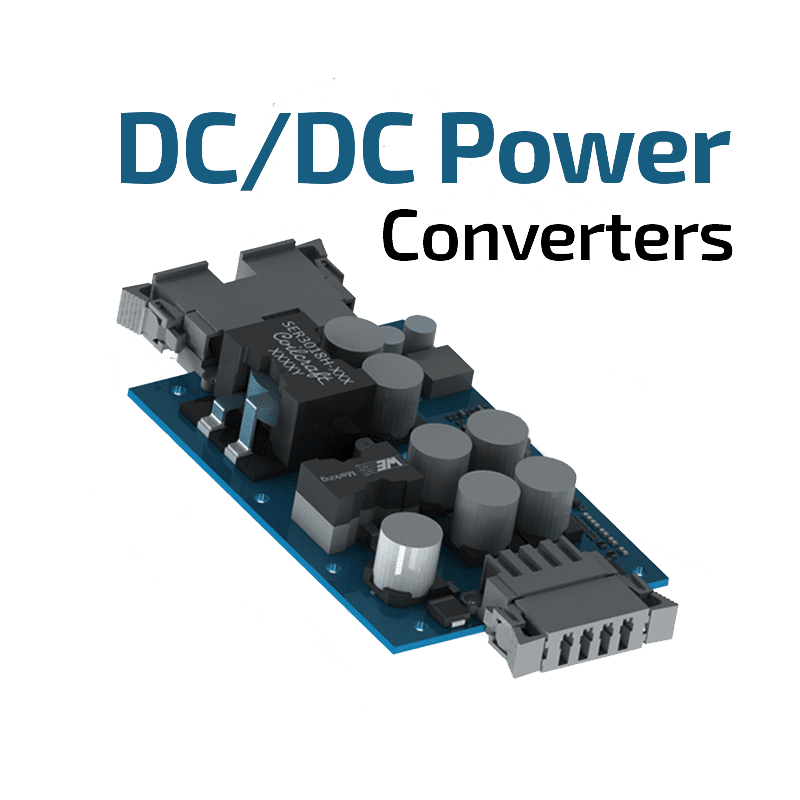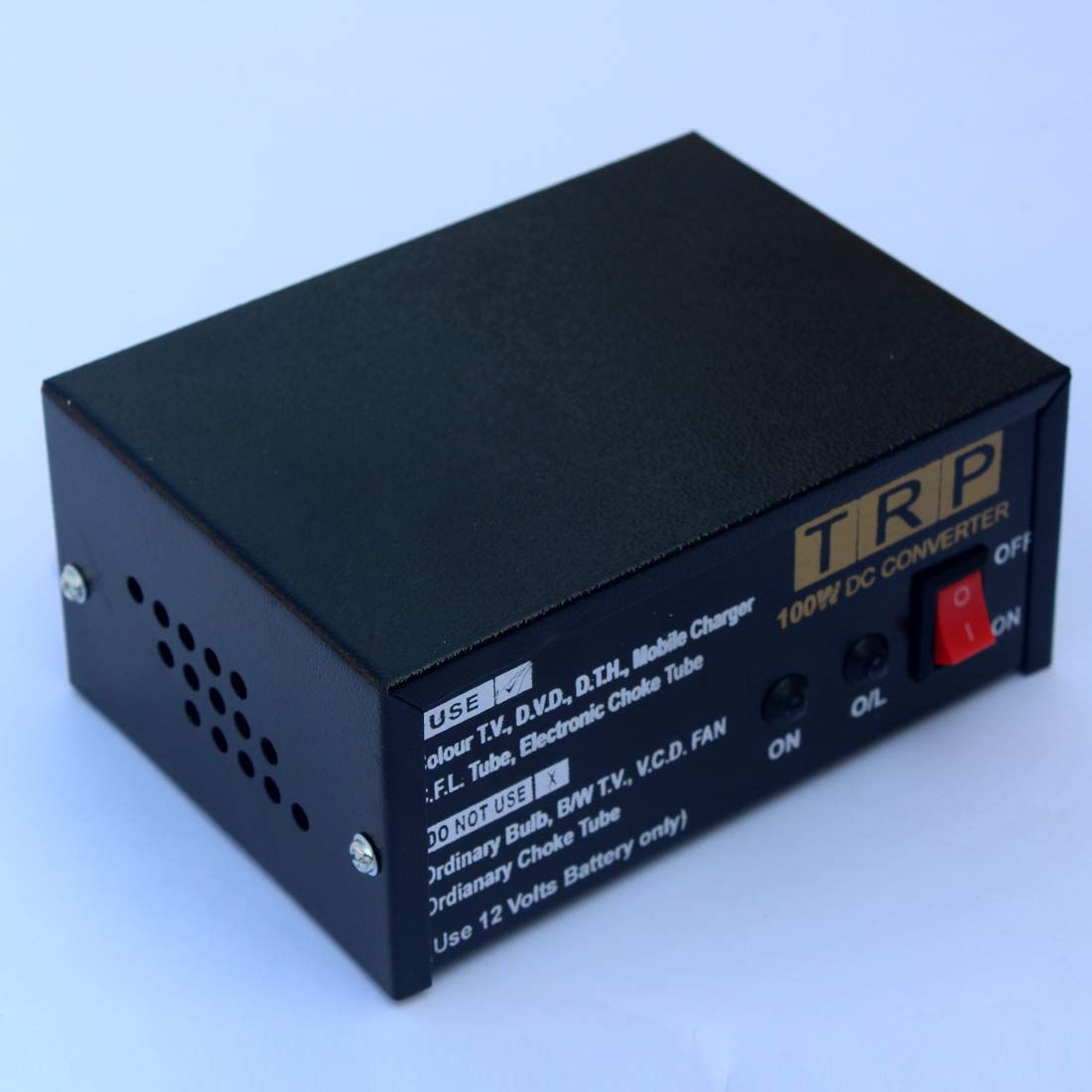

Second, because less energy is lost in the transfer, smaller components and less thermal management are required. First, switching efficiency can be much better. Switching regulators offer three main advantages compared to linear regulators. Feedback and control circuitry can be carefully nested around these circuits to regulate the energy transfer and maintain a constant output within normal operating conditions. These designs are shown in Figures 1, 2, 3, and 4 respectively, where Figures 3 and 4 are the same except for the transformer and the diode polarity. The basic components of the switching circuit can be rearranged to form a step-down (buck)converter, a step-up (boost) converter, or an inverter (flyback). This results in a much higher efficiency and much less heat.Ī switching regulator is a circuit that uses a power switch, an inductor, and a diode to transfer energy from input to output. Because of this, the energy is stored and can be recovered in the discharge phase of the switching cycle. A switching regulator's inductor does have a voltage drop and an associated current but the current is 90 degrees out of phase with the voltage. This energy can be expressed in Joules as a function of the current by:Ī linear regulator uses a resistive voltage drop to regulate the voltage, losing power (voltage drop times the current) in the form of heat. The key advantage for using an inductor in switching regulators is that an inductor stores energy. This action limits the otherwise high-peak current that would be limited by the switch resistance alone. The inductor's main function is to limit the current slew rate through the power switch. Prior to the invention of the Vertical Metal Oxide Semiconductor (VMOS) power switch, switching supplies were generally not practical. The Smart Power Distribution Unit (PDU) is a configurable high voltage power distribution unit.The power switch was the key to practical switching regulators. Tame-Power's high voltage DC-DC converters are perfectly adapted to the e-mobility, aeronautics and marine markets and can be integrated into electrical architectures that include fuel cells, batteries, supercapacitors and auxiliary power supplies. Integrate a specific mode for battery chargingĬombine several DC-DC conversion modules to increase the total distributed power Integrate numerous input or output regulation modes: current, voltage and power Transfer energy in buck or boost mode (reversible DC-DC converters) Integrate stationary or embedded applications Generate an output power of 1kW to 120kW per module

Operate over a range of use from 6V to 950V Tame-Power DC converters are capable of : Tame-Power products integrate all the control modes for optimal operation. Tame-Power DC-DC converters can transfer from 1kW to several megawatts over voltage ranges from 6V to 950V input or output.ĭC-DC converters are capable of coupling different energy sources in hybrid architectures integrating: fuel cells, batteries, supercapacitors, rectifiers, drive trains, resistors etc.


 0 kommentar(er)
0 kommentar(er)
